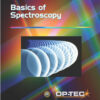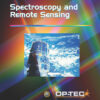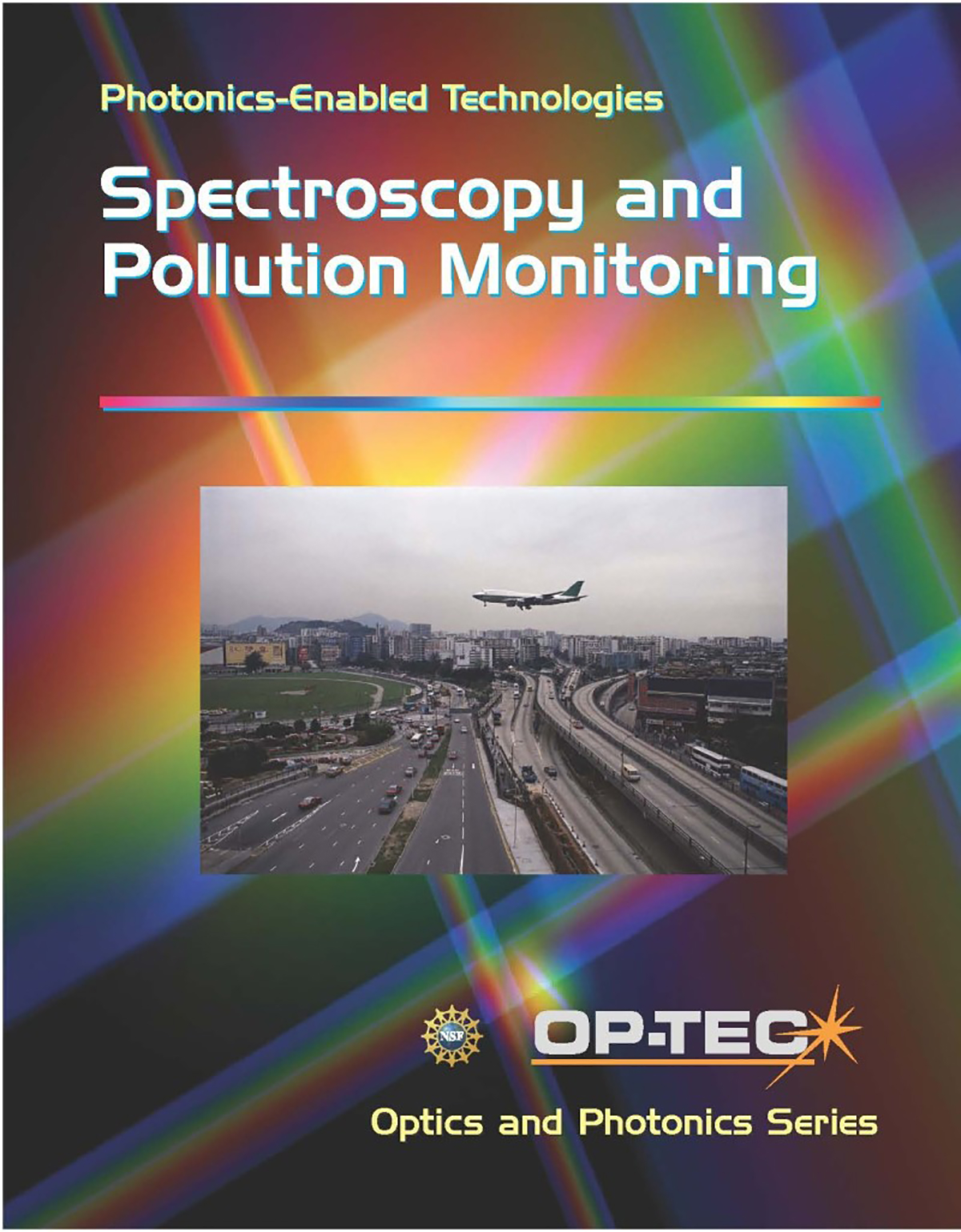Spectroscopy and Pollution Monitoring | Photonics Enabled Technologies Module
$0.00
This module is one of three pertaining to the role of optics and lasers in spectroscopy.
Description
This module is one of three pertaining to the role of optics and lasers in spectroscopy.
When you have finished this module, you will be able to:
• Define pollution and identify the three major types.
• Describe how an integrating sphere photometer works.
• Calculate the increased radiance produced by an integrating sphere photometer.
• Describe Raman spectroscopy and identify which general substances it can detect.
• Convert between wave numbers and wavelength.
• Describe how laser-induced breakdown spectroscopy works and how it is used to identify elements in various substances.
• Describe land pollution and list its typical sources.
• Describe water pollution, what contributes to it, and how it is controlled.
• Describe air pollution, what contributes to it, and how it is controlled.
• Describe how air pollution spreads from one location to another.
• Use Graham’s law to compare the speeds at which different gases spread.
• Describe what is meant by acid rain, what causes it, and how we attempt to control it.
• Describe smog, where it comes from, and how we try to control it.
• Explain how ozone in the atmosphere can be both beneficial and harmful.
• Describe current spectroscopic means of using lasers to detect trace gases.
• Describe global warming, what causes it, and its consequences.
• Identify the Greenhouse gases and explain how they contribute to global warming.
• Define pH and explain how one can measure whether a substance is an acid or a base.
• Name at least five federal watchdog agencies concerned with detecting and controlling pollution in the United States.








